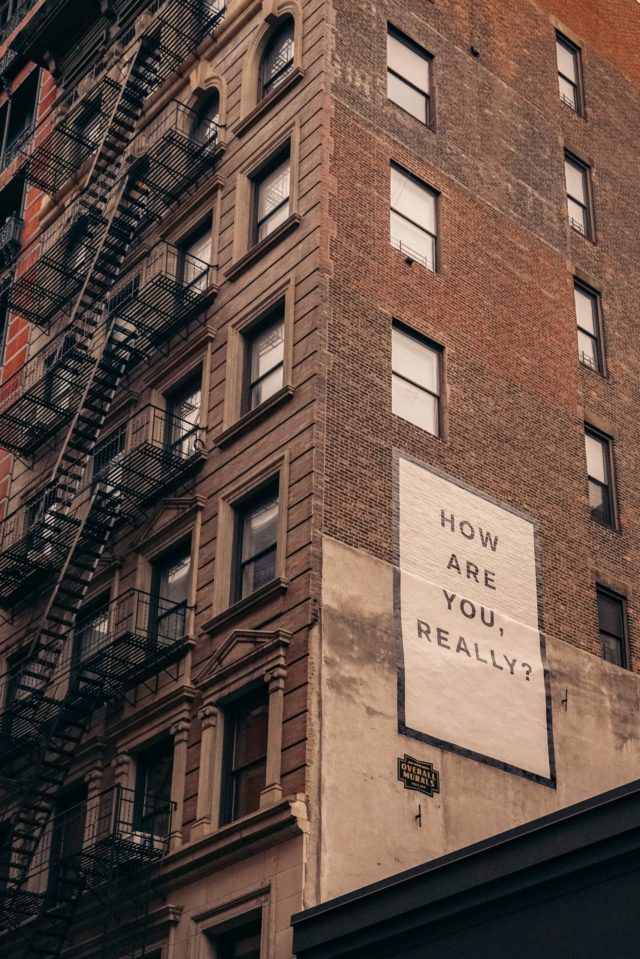Do you feel anxious? You’re not alone. Anxiety is on the rise and blamed on everything from COVID-19 to political instability to economic insecurity to social media to unstable weather conditions due to climate change.
Everyone experiences anxiety and stress at some point in life. While stress is a response to a threat in a situation, anxiety is a reaction to the stress associated with it.
According to Anxiety & Depression Association of America, anxiety disorders are the most common mental illness in the U.S., affecting 40 million adults in the United States.
Anxiety disorders are more than the simple anxious feeling you might get about an upcoming presentation or other relatively minor situation. Anxiety is a problem when it goes beyond logical worry into a more unreasonable or uncontrollable way when a minor event can be felt as thoroughly embarrassing or seems life-threatening.
Fear plus uncertainty leads to anxiety, according to Judson Brewer, MD, PhD and author of Unwinding Anxiety. He developed and tested novel mindfulness programs for habit change, including app-based treatments for smoking, eating disorders and anxiety.
“When my students or patients are suffering under the weight of never-ending anxiety, a stubborn habit, or out-of-control addiction, I encourage them to see if they can envision these experiences as teachers,” writes Brewer. “Teachers help us learn. When we learn something, we feel good (it is rewarding).”
Brewer identified a reward-based learning process that includes first identifying the trigger that leads to a specific behavior, which then results in some type of reward. Analyzing this reward is key to understanding how to change your habit or your control anxiety.
Raising your awareness and staying curious can be vital. Brewer suggests the following: “Instead of asking why something is the way it is, get curious. It doesn’t matter what triggers worry or anxiety, but it does matter how you react to it. What thoughts are you having? What emotions are you feeling? What sensations are showing up in their bodies?”
In the workplace, anxiety can prevent you from being your best and—at a minimum—can be disruptive to feeling relaxed and under control in how you go about doing your job. When anxiety becomes a problem at work, it can be associated with any number of types of anxiety. Among Americans, these can include:
- Generalized Anxiety Disorder (GAD) affects some 6.8 million, yet only 43% are currently receiving treatment for it. And GAD often co-occurs with major depression.
- Panic Disorders affect 6 million and women are more than twice as likely as men to have it.
- Social Anxiety Disorder (SAD) affects 15 million and can begin as early as age 13.
- Obsessive-Compulsive Disorder (OCD) affects 2.2 million adults and often begins before the age of adulthood.
- Post-traumatic Stress Disorder (PTSD) affects 7.7 million and rape is the most likely trigger for PTSD. Some 65% of men and 46% of women who are raped will develop the disease. PTSD and OCD are closely related and many experience them at the same time along with depression.
- Major Depression Disorder (MDD) impacts more than 16 million adults, is more prevalent in women and the average age for onset is about 33 years old.
If you find your anxiety is impacting you more than it should, it’s important to get the help you need. Anxiety disorders are treatable, and you should seek professional assistance rather than ignore it or go it alone. You can quickly assess your overall mental health and find resources at Mental Health America.
To be your best at work, you need to look after your health and wellness: physical, emotional, and mental. Pay attention and take action. You deserve it.

